As natural products, Christmas trees are not the biggest thing to worry about on our waste list, but the more of them we can keep out of landfills, the better.
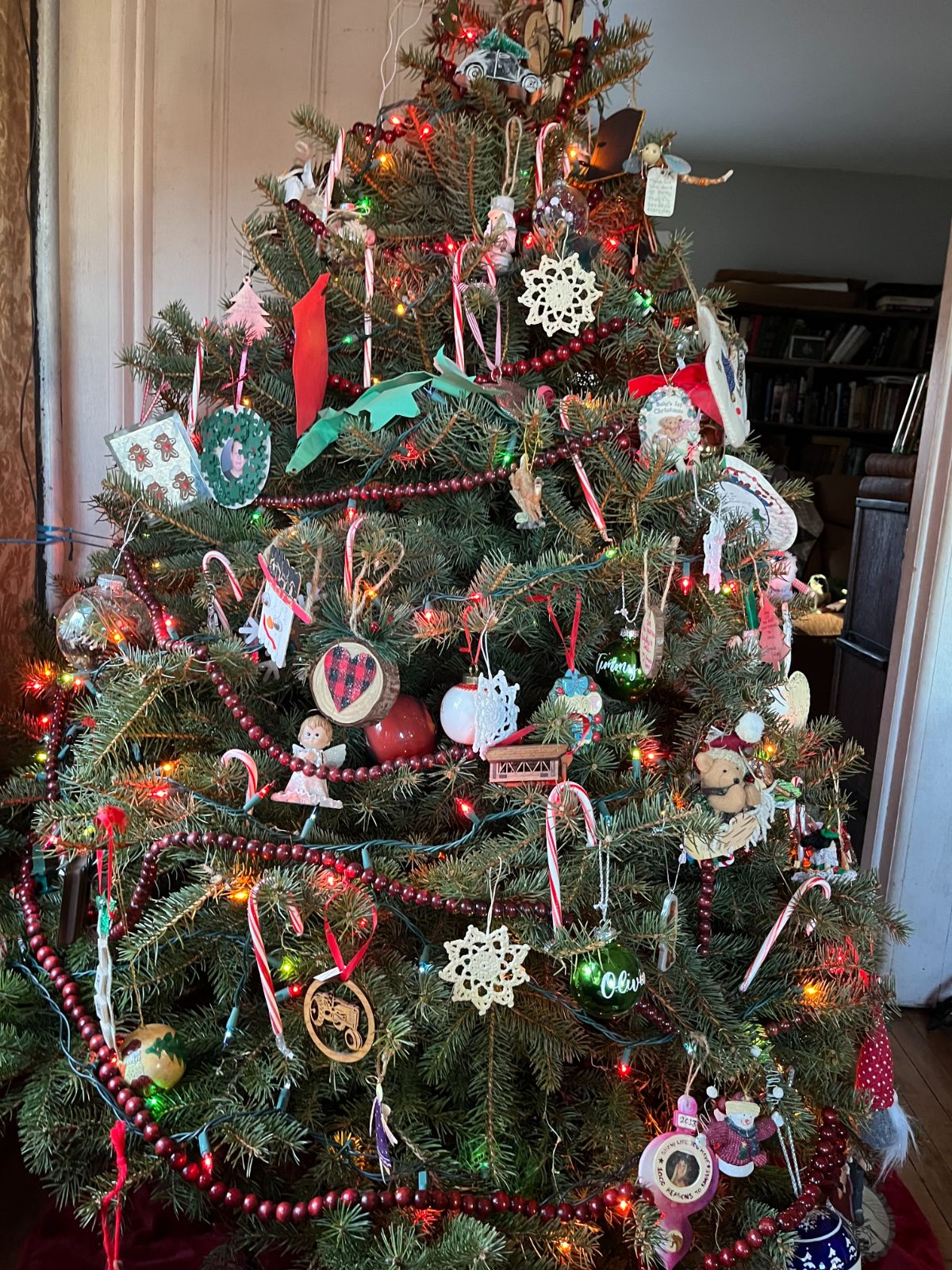
Besides that, there are some very good ways you can put your spent natural tree to use when you’re done with it when it’s no longer anything resembling “fresh”!
Jump to:
- What’s the Big Deal About Trashing Your Tree?
- Better Things to Do with Used Christmas Trees
- 1. Winter mulch
- 2. Protect plants from weather
- 3. Hügelkultur
- 4. Lasagna gardens
- 5. Chip it
- 6. Compost it
- 7. Collect fallen needles for garden uses
- 8. Fill up raised garden beds
- 9. Kindling or campfire wood
- 10. Erosion control
- 11. Feed farm animals
- 12. Make it a shelter or feeder for the birds (or both)
- Tips for Safe Re-Use of Real Christmas Trees
What’s the Big Deal About Trashing Your Tree?
Experts agree that the last place your real Christmas tree should end up is in the dump.
Just as with food waste, which is also a natural product, Christmas trees aren’t good for landfills, either. Not only do they fill up a limited resource (the landfill), which takes space away from things we really don’t have any choice but to trash, but in dumps, they decompose and create greenhouse gases like methane.
As the Columbus Dispatch reports, “The lack of oxygen in landfills makes it difficult for trees to biodegrade quickly, and they can take up a lot of space.”
The reason they turn into greenhouse gas factories in dumps is that in a landfill, what would otherwise be a natural process of biodegrading happens in an oxygen-deprived environment and when Christmas trees break down anaerobically, they produce methane gas.
For this reason, as explained by Yale University, natural alternatives, reuse, and up-cycling are better ways to dispose of your real Christmas tree.
If you do this, you can feel just fine about using a natural tree because, all told, with the carbon sequestration and farm-use land protection live Christmas trees create, a real tree is a much more eco-friendly choice than a composite fake tree. Composite artificial trees which can’t even be recycled because of their many parts and synthetic materials.
Better Things to Do with Used Christmas Trees
Fortunately, a Christmas tree is a useful thing for a gardener, or even just a hobbyist home landscaper, to have at their disposal.
Here are the top ways you can put that tree to better and higher use—while helping yourself and probably saving you money, too!
1. Winter mulch
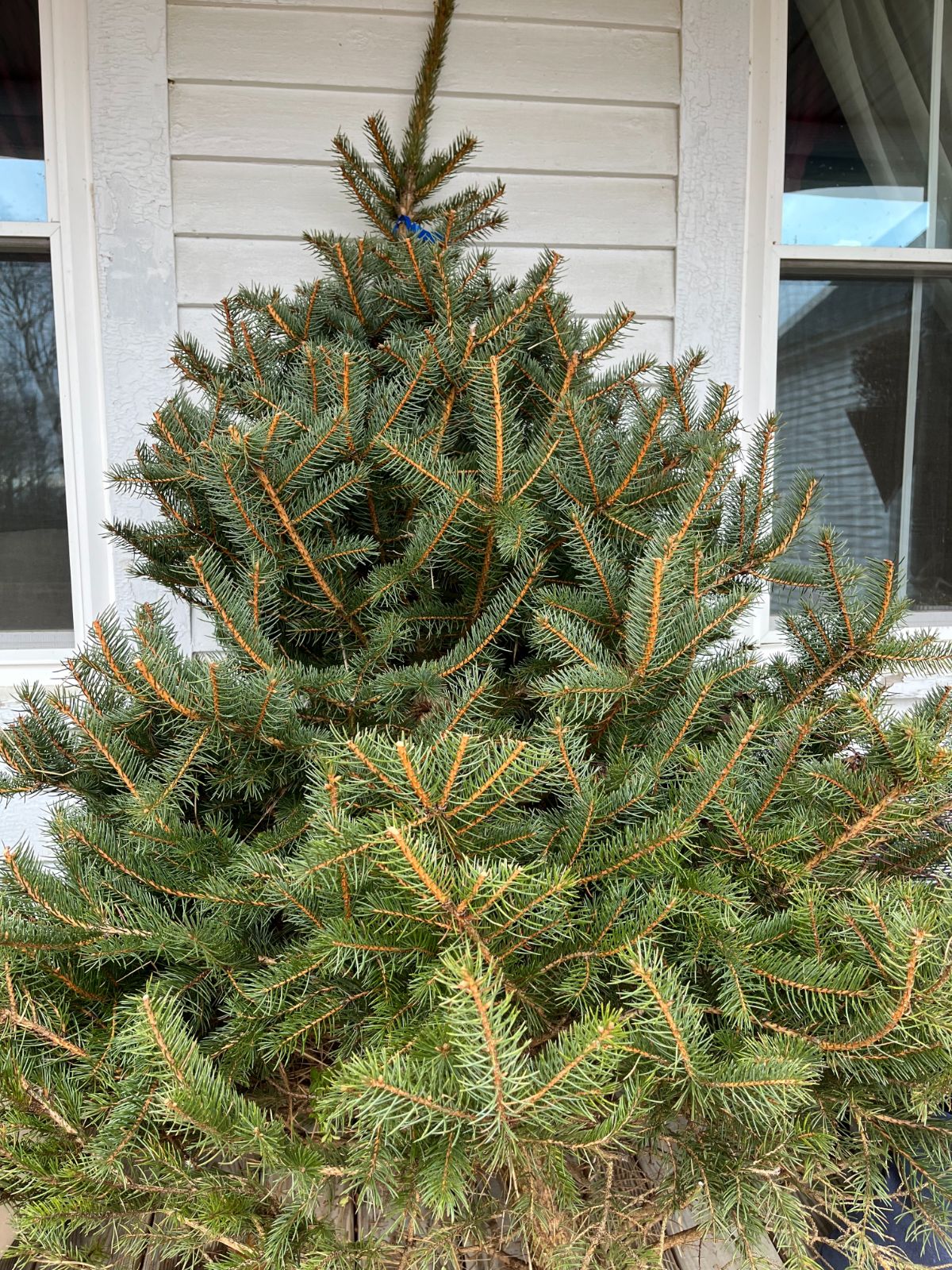
Winter mulching shouldn’t be done until after the cold has set into the ground, which means that for many people, it’s still a smart thing to do after Christmas. With changing weather patterns and warmer, later winters, the timing might be just right!
Cut the boughs from your Christmas tree and lay them over beds and plants whose roots and soil need an added layer of mulch.
You can lay the boughs on top of leaves or other mulches to help hold them in place, or you can layer the boughs to create a thick enough layer.
You can also use the boughs as your base layer with leaves or other materials laid over the boughs.
One of the benefits of using branches like those from Christmas trees is that they’re easy to pull off when you need to thin out that thick layer of winter mulch in the spring.
2. Protect plants from weather
Evergreen boughs are also good for protecting more delicate shrubs and bushes. Lay branches up against the outside of things like roses and shrubs, and let the branches take the brunt of the harsh winter ice, snow, wind, and weather instead of your precious shrubs.
If your shrubs need extra mulching and protection to survive winter temperatures, you can pile up leaves against the bush, then place your tree boughs over the leaves to hold them in place and complete the protective layers.
3. Hügelkultur
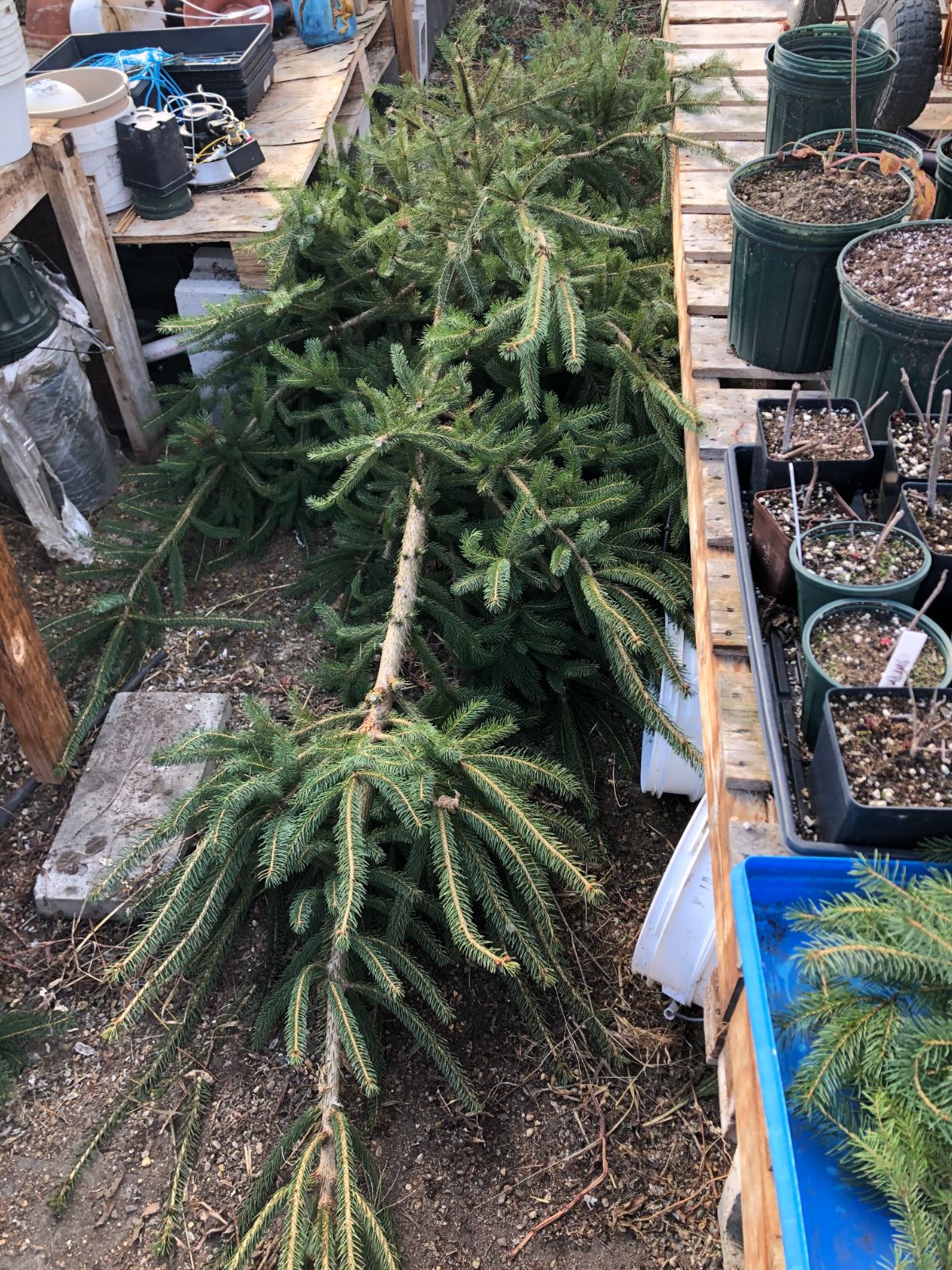
Hügelkultur is a natural mound-type, no-till garden system that builds plantable soil out of natural materials.
Hügelkultur mounds combine large and fine materials under a layer of finer organics and soil. As the large materials break down, they continue to feed the soil and plants to create a good growing environment.
Wood and logs are typically at the heart of a hügelkultur system, which means this is an ideal way to reuse your Christmas tree.
4. Lasagna gardens
Lasagna gardens are another good no-till (and less work) way to garden with natural materials. Both lasagna gardening and hügelkultur are good ways to create humus-rich, nutrient-dense garden beds where none exist.
You might build one to reduce the work of gardening, or you might build one because you don’t have good soil and good options for gardening with the soil Mother Nature gave you.
Lasagna gardens are built by alternating “brown” and “green” layers, similar to how you would alternate layers in a compost pile, but the composting will happen in place (so again, less work!).
Clemson University recommends starting your first layer off with a layer of evergreen branches and boughs. This creates an environment that won’t compress too much and one in which oxygen can flow. That action aids in decomposition.
Christmas tree branches are perfect for this style of building a lasagna garden bed!
5. Chip it
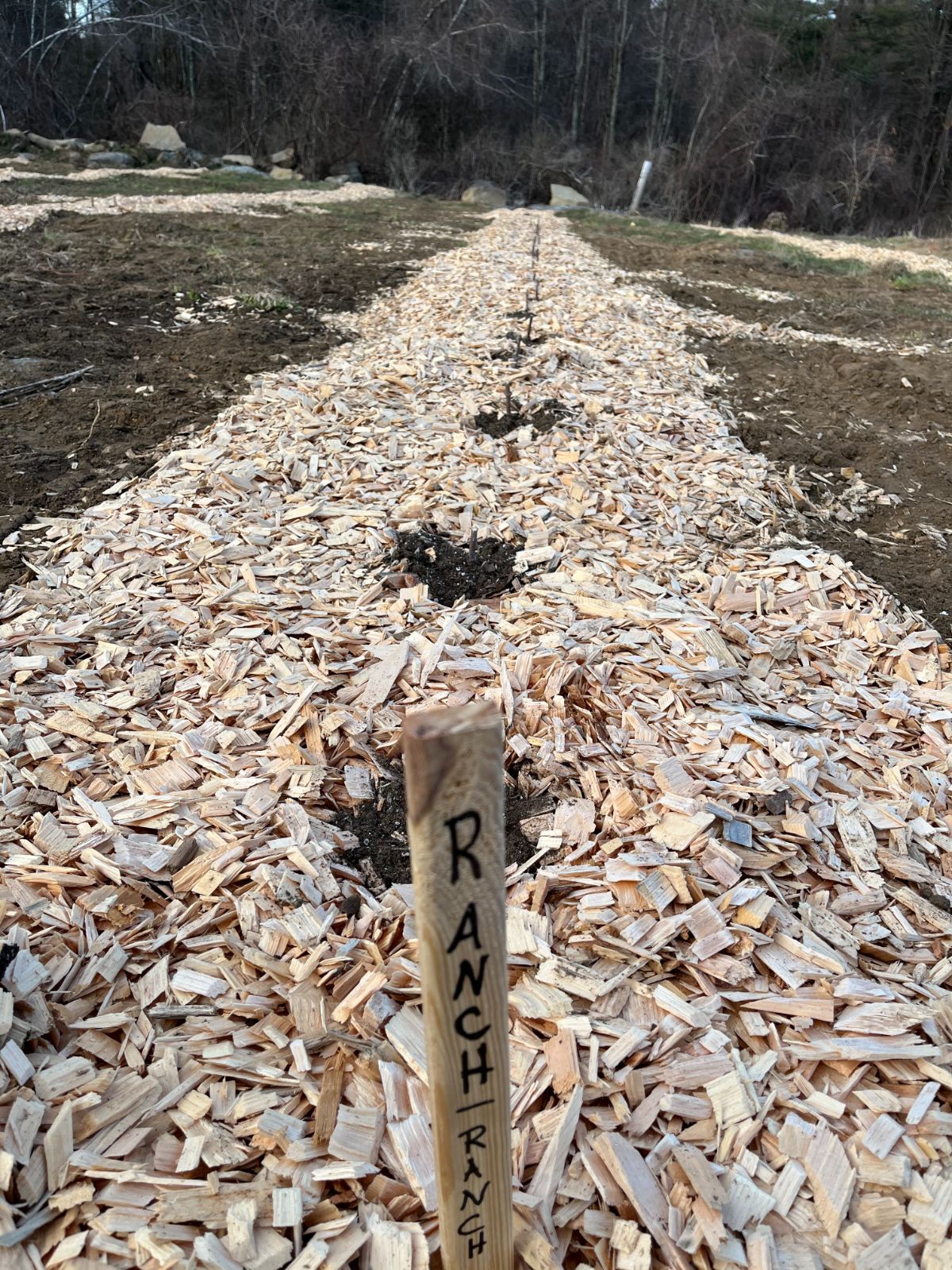
There are so many good uses for wood chips in the yard and garden. We hardly have to list them for you, but to name a few, wood chips are good for the compost pile, no-till gardening, walkways, soil amendment, and, of course, mulch!
If you have a chipper at home, chip your tree—it's an ideal way to put it to use. If you don’t, many towns and municipalities have tree-chipping programs, and they often allow you to take chips back with you. Even some big box stores like Home Depot do this!
6. Compost it
Yes, Christmas trees work great in compost piles and help feed the “brown” components of your pile.
One issue with trees in piles is that they can take a long time to break down. Speed the process up by chipping, chopping, or cutting up the tree pieces as small as you can.
You may choose to use the trunk of the tree elsewhere and just use the smaller branches, which are easier to break up, are thinner, and decompose more quickly.
7. Collect fallen needles for garden uses
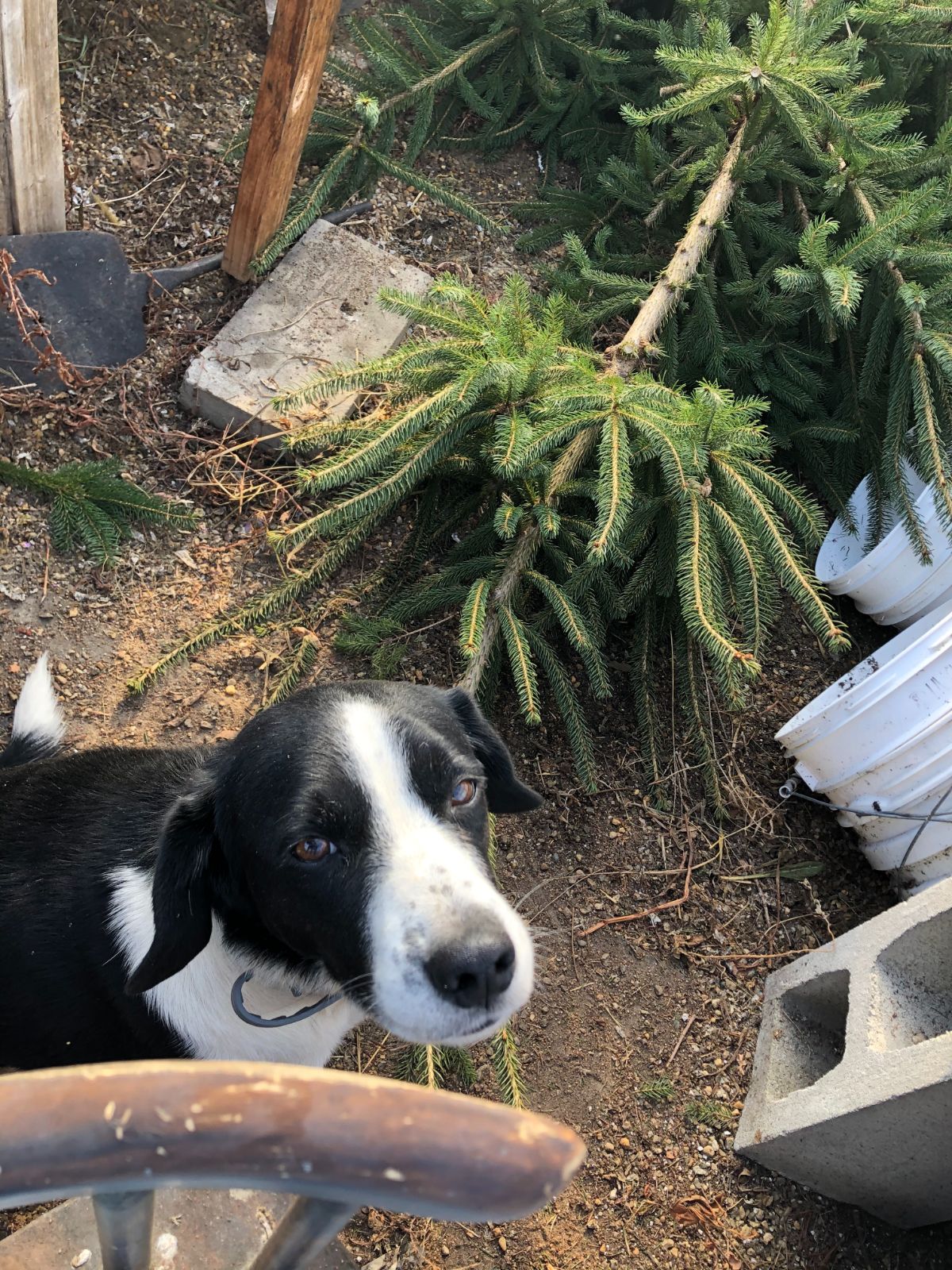
They may not add up to a whole lot, but whatever pine or evergreen needles you collect can be put to good use.
You can add them to compost piles or use them in any number of beneficial ways in the garden.
A good way to collect the needles and leave the woody parts of the tree for something else is to place the tree outside on a sheet, tarp, drop cloth, or large piece of plastic. That will catch the needles when they fall, which you can use however you like.
Or you can set the tree atop your compost pile, let the needles fall into it, then remove the skeleton of the tree and use the woody parts some other way.
8. Fill up raised garden beds
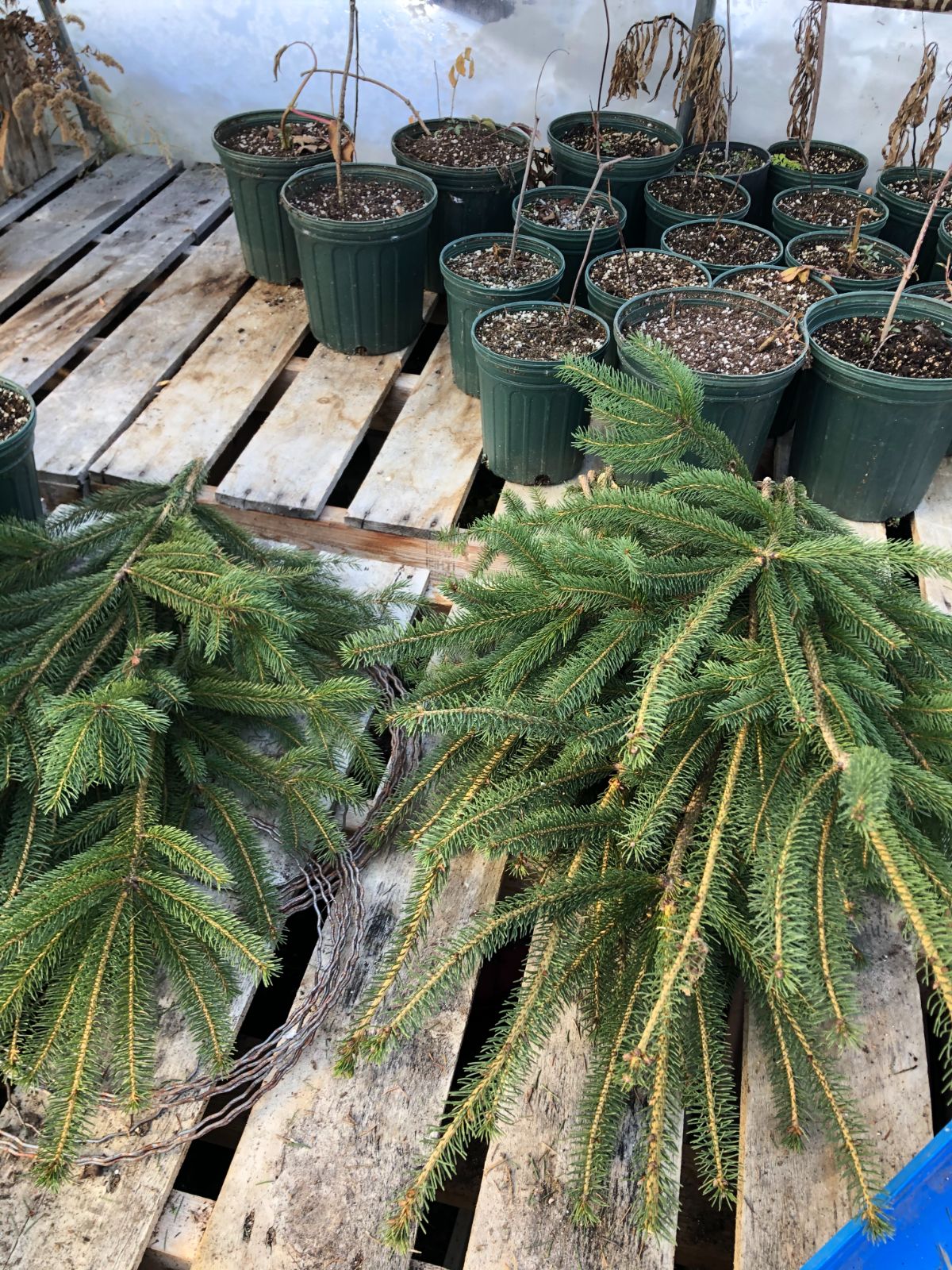
Raised beds can be expensive to fill. Even a small bed takes a lot of soil to fill it adequately.
A good way to reduce the amount of soil you need to bring in or dig up is to fill the space with large, biodegradable space takers. Tree boughs are a perfect product.
You can even use the last of the trunk to take up space in the bottom. It will break down over time and become soil, similar to how it would in a hügelkultur or lasagna bed.
And by the way—many other Christmas waste materials are great for this purpose, too! This is a good way to put cardboard and up-cyclable wrapping paper and packaging to good use and keep it out of the landfill!
9. Kindling or campfire wood
Softwoods and evergreens—the types of trees we use for live Christmas trees—don't make great firewood for indoor stoves because they create a lot of clogging creosote, but a small amount burned as kindling to start a fire isn’t such a big risk.
If you don’t want to burn softwood inside at all, you can always just cut up the tree for outdoor fires or campfires. Since there are no stove or chimney pipes to clog, there’s no risk (other than the usual fire risks, of course!)
And don’t forget—wood ash is another useful soil amendment and yard and garden product!
10. Erosion control
Evergreen boughs and needles are excellent for erosion control. They lace together and intertwine so they don’t wash away as easily as other mulches do.
Lay bough or needles (or both) over exposed soil or areas that are prone to washing away. You can do this any time of year if you need to protect soil or sand from erosion.
If the space is a planting space, simply remove the boughs in the spring when it’s time to plant again.
11. Feed farm animals
Did you know that some farm animals eat evergreens?
Evergreens are a natural food for animals that are “browsers.” Browsers eat young trees and tree branches instead of grazing on grasses (or they may do a bit of both).
Some animals that love evergreens are goats, deer, pigs, rabbits (in small quantities and introduced gradually), and even some zoo animals like kangaroos, lions, and tigers.
If you don’t have an animal that will eat your evergreens, see if you have a neighbor or nearby farm who wants them. Often, farms with goats will put out a call for your spent Christmas tree to help feed the herd.
12. Make it a shelter or feeder for the birds (or both)
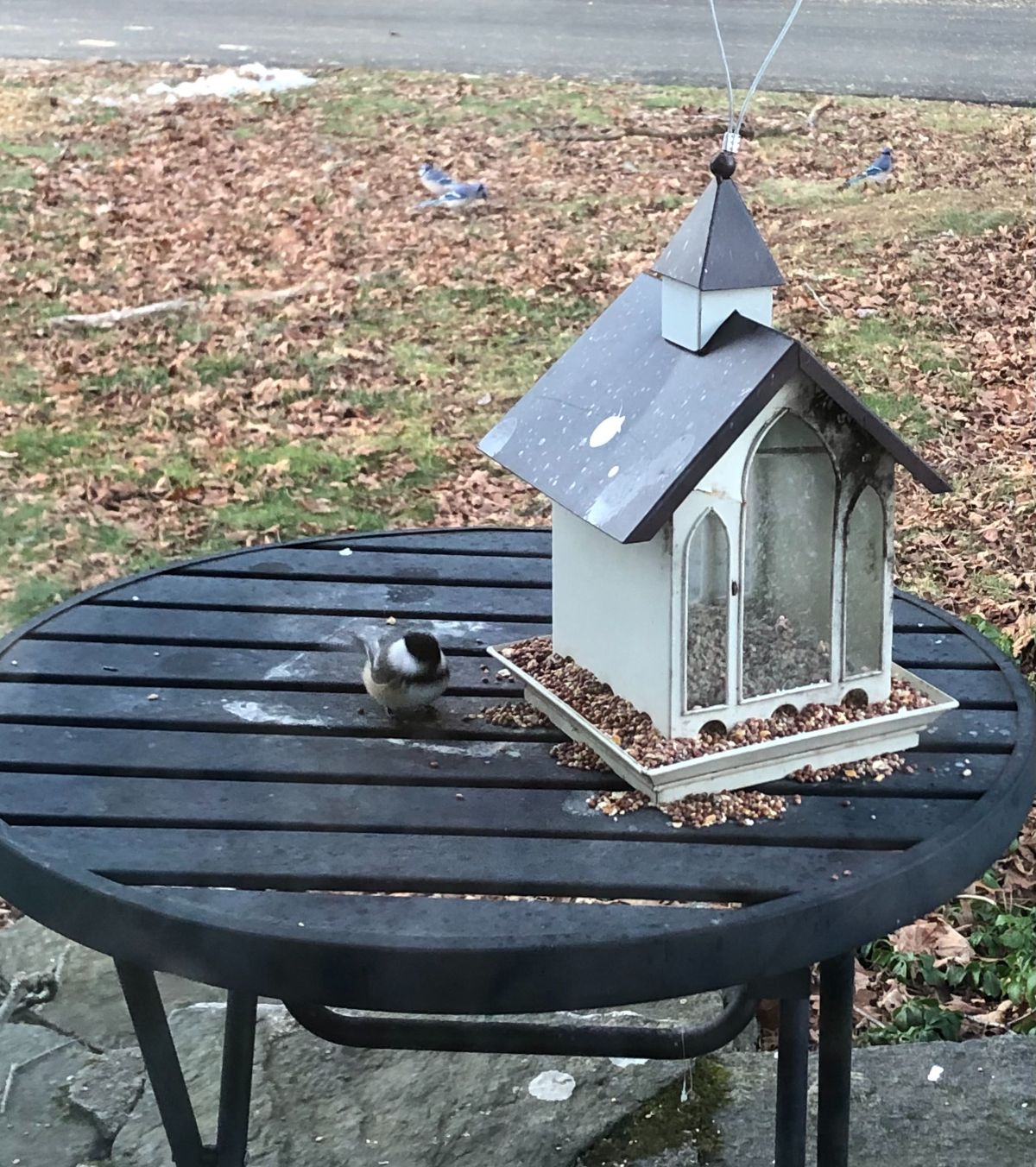
Prop your tree outside and let it be a rest and haven for winter birds. Birds need places to hide and rest in the winter, and evergreens are some of their best protections.
If you place your old Christmas tree near a feeder, it will give small birds like chickadees a space to hide safely away from large and bullying birds. This can give them a safe space to wait for their turn at the feeder, which in turn can do a bit more to help them through the long, cold winter.
You can also hang food for the birds on your tree. Natural popcorn, seed, and berry strings are a decorative way to feed birds in your used Christmas tree. Suet, fruit slices, and pinecone peanut butter feeders are good decorative feeders, too.
Tips for Safe Re-Use of Real Christmas Trees

- Remove all decorations and lights
- Check twice to make sure you got them all—they're no good for nature, and you don’t want to lose your precious ornaments!
- All garlands and synthetic tinsel need to be removed.
- It’s best not to ever use tinsel at all. It’s extremely difficult to remove, and there are better options that are more natural -- or at least easier to remove
- Tinsels and remaining fake decorations can present a hazard to birds and animals that might eat the tree. They can also pollute your garden soil.
- When you are using your tree in a way that you want it to break down (compost, etc.), the smaller the pieces, the faster they will biodegrade
- All of these same up-cycled uses can be used for other natural Christmas decorations and greens, such as wreaths, swags, roping, and container fillers
- When up-cycling natural decorations like wreathes, etc., cut the greens from the frames and be sure to remove all plastic and wires that were holding them together
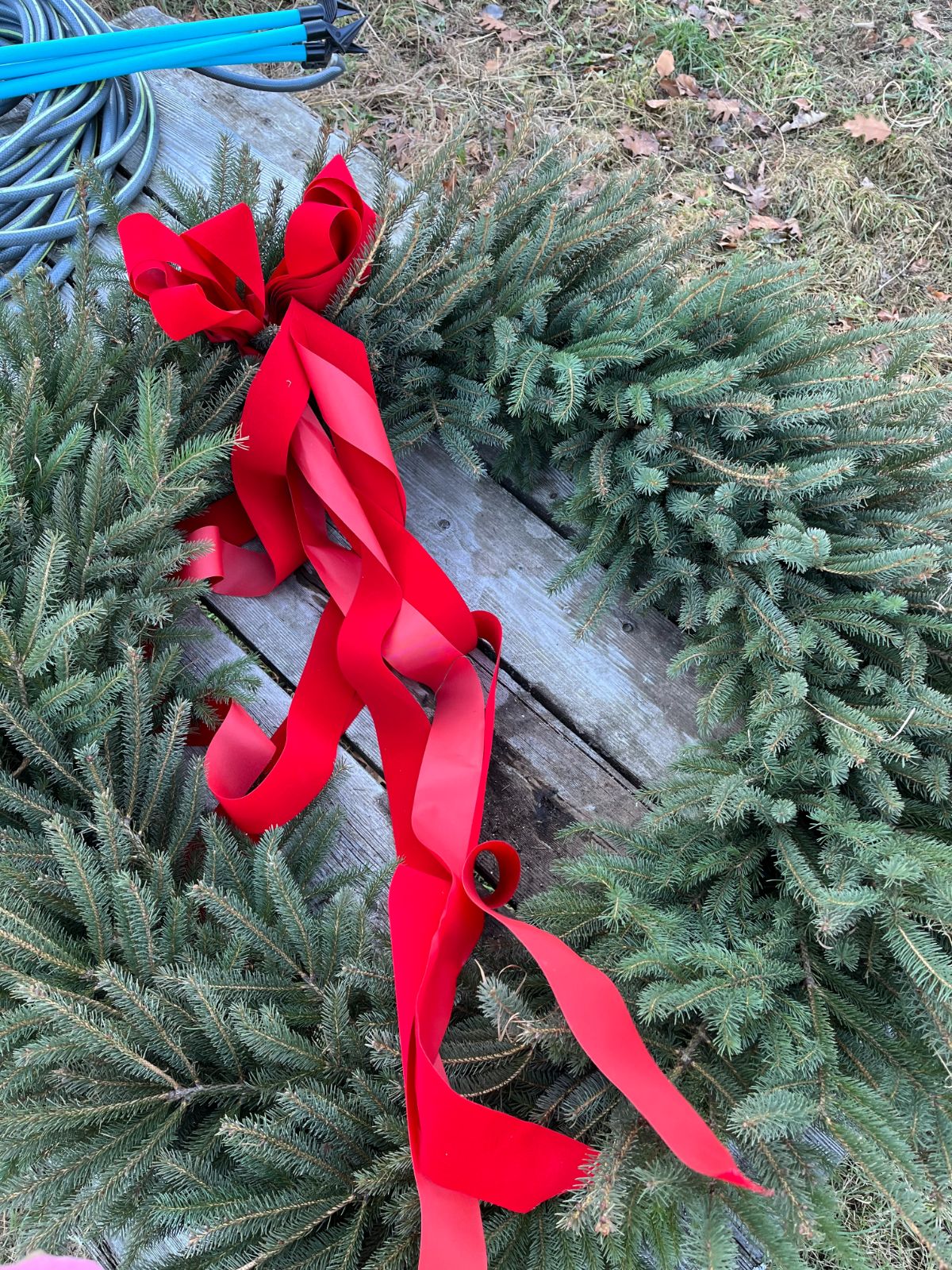
A real Christmas tree is unlike other types of “waste” we create in that it is entirely reusable—and even highly beneficial! Put your tree to good use. Keep it out of the landfill and let it go full circle so that it can give back to the earth, naturally, at all the stages of its life -- and its afterlife, too!
When you make the best use of your live Christmas tree, you can feel good about using one each year. You’re actually doing a lot to support beneficial forestry, tree farms and farmland, and local economies, all while improving the air and soil of this earth!

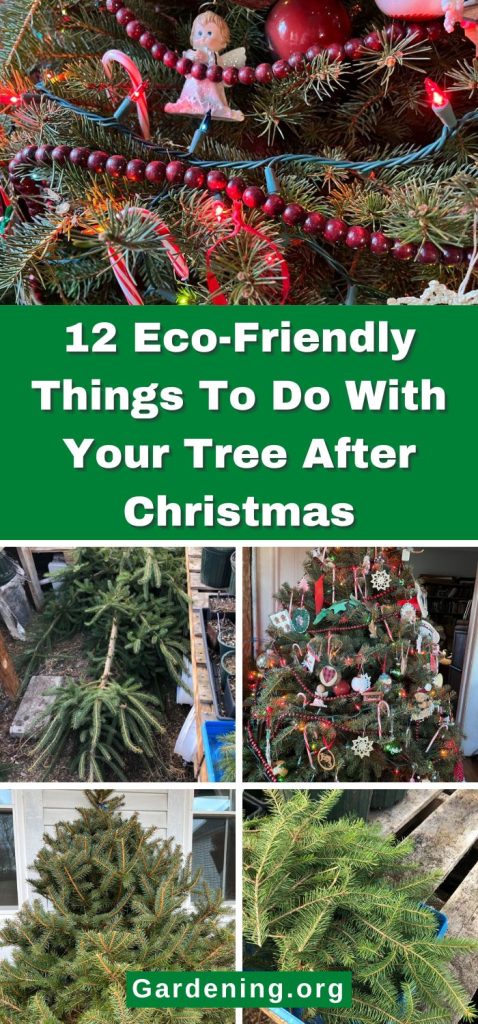
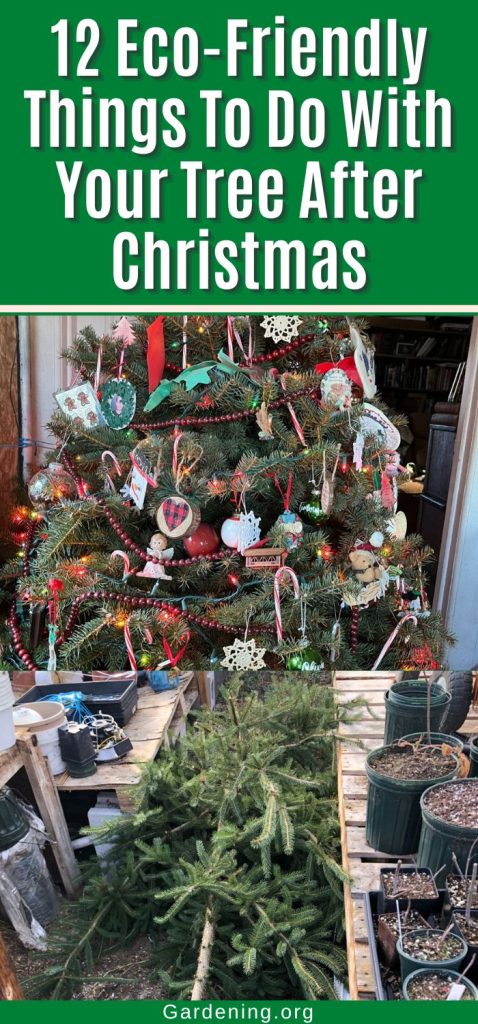
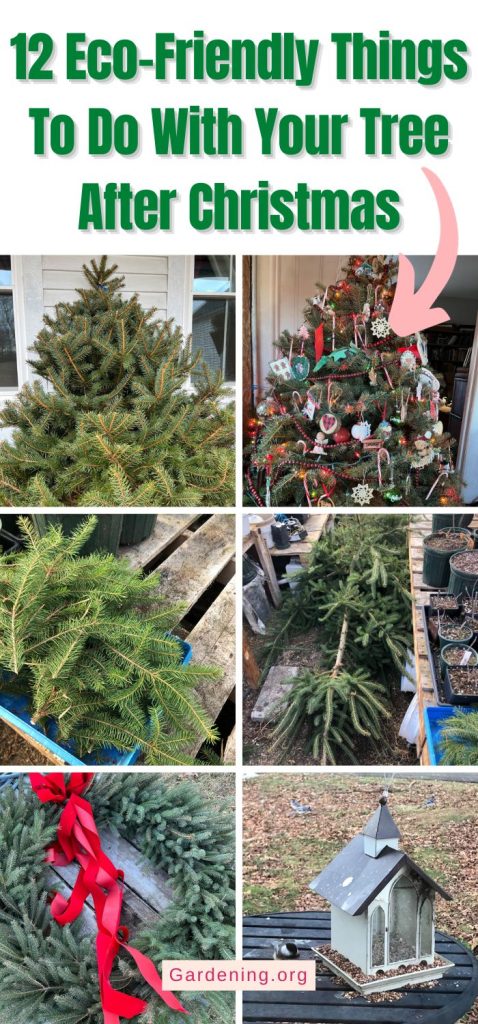
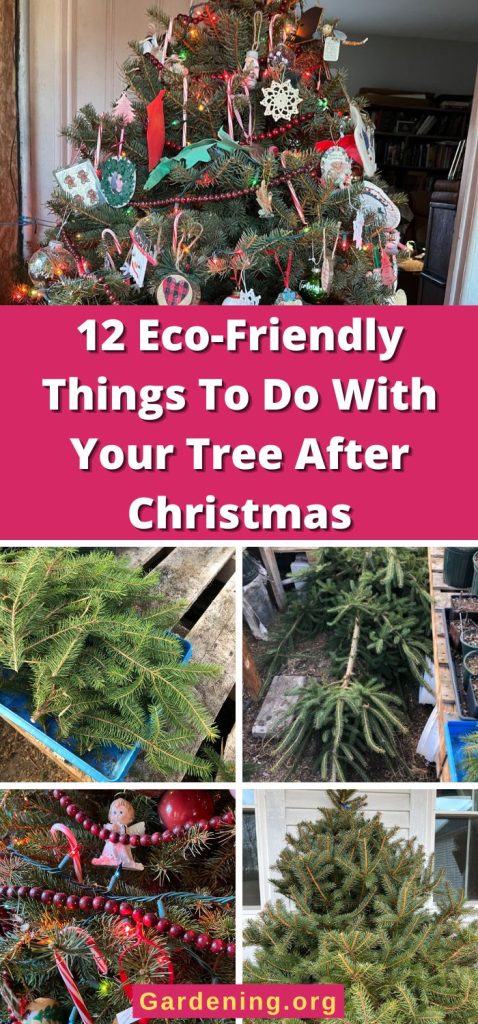
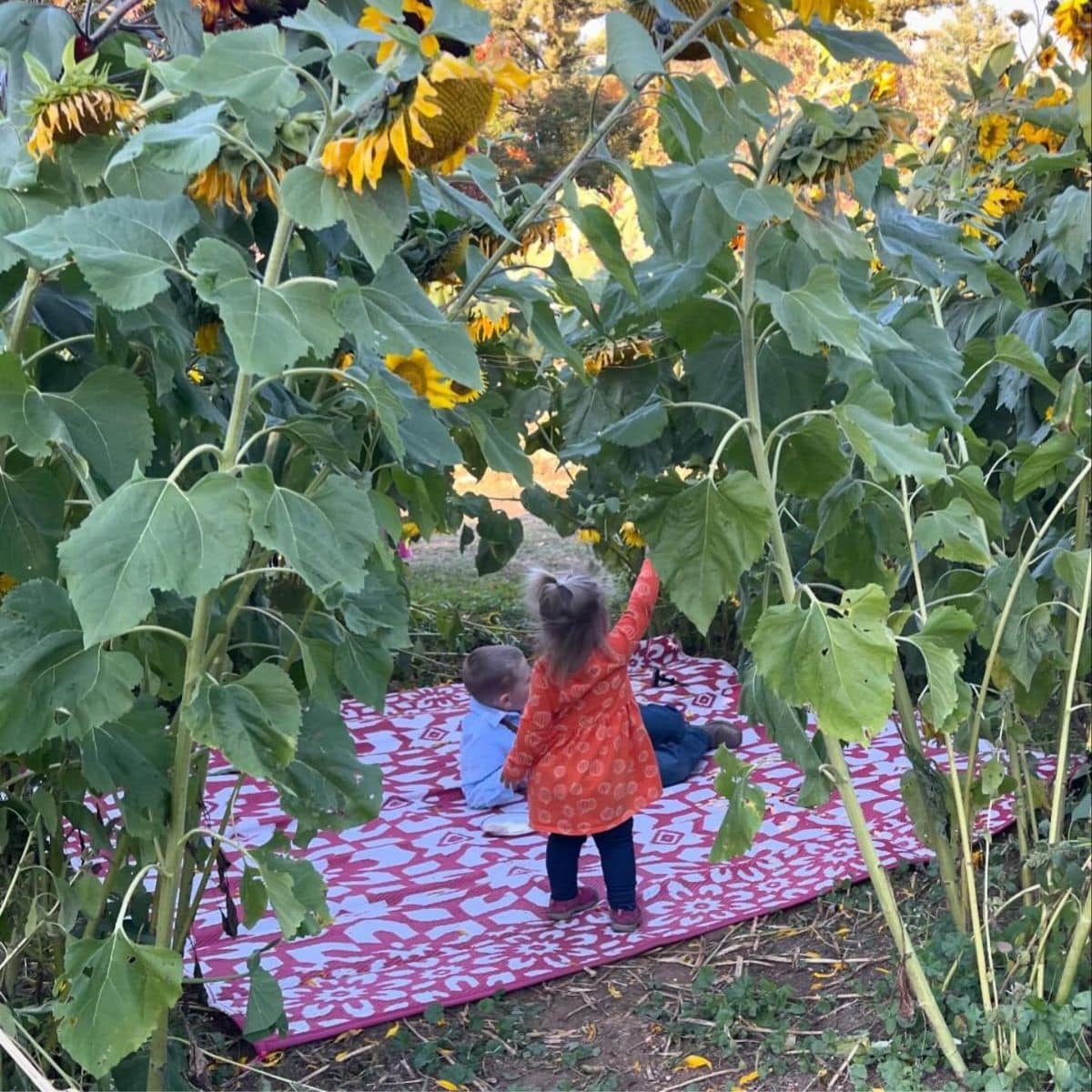
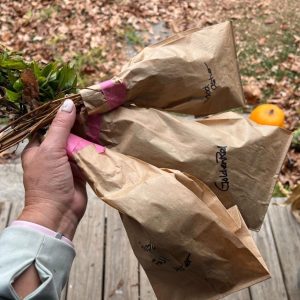
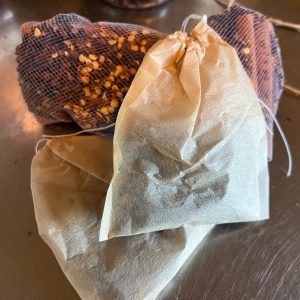
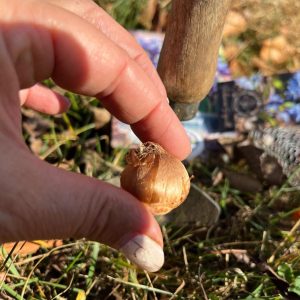
Melody Fleck
What happened to the quality of your articles? No way will farm animals even consider eating evergreens. Come on! I've had cows and horses and never seen them eating pine, spruce, firs, etc.
Mary Ward
No, they are not feed for cows and horses but goats and browsers (like domesticated deer/venison) love them and they are a natural food source for them. (Speaking based on professional resources and also from personal experience raising goats; many goat farmers post and collect Christmas trees after the season finishes.) They also work as a natural dewormer.
https://www.merckvetmanual.com/management-and-nutrition/nutrition-goats/herbage-and-browse-utilization-in-goats
https://www.cbsnews.com/boston/news/christmas-tree-disposal-recycling-goats-farms-massachusetts/